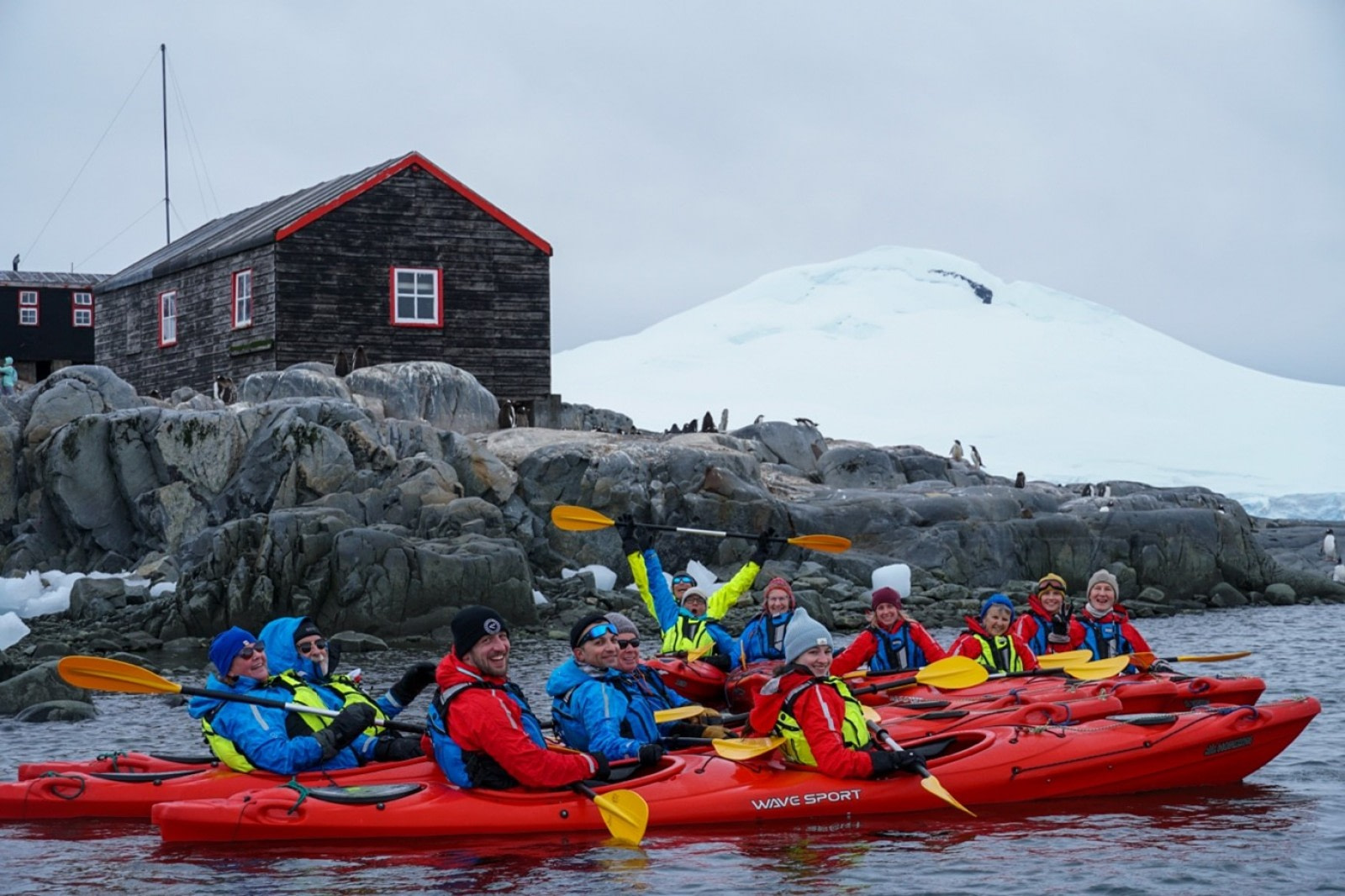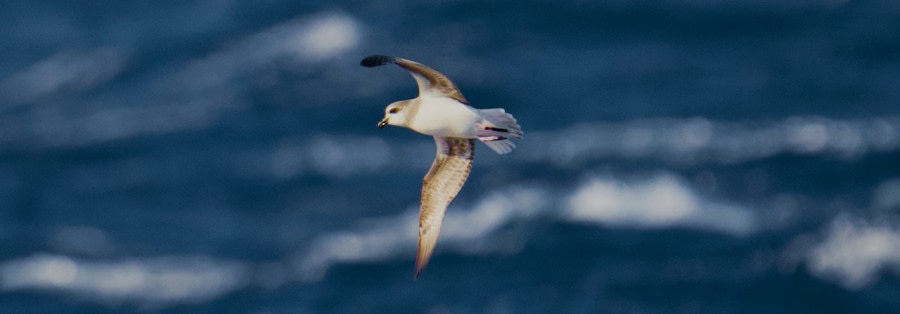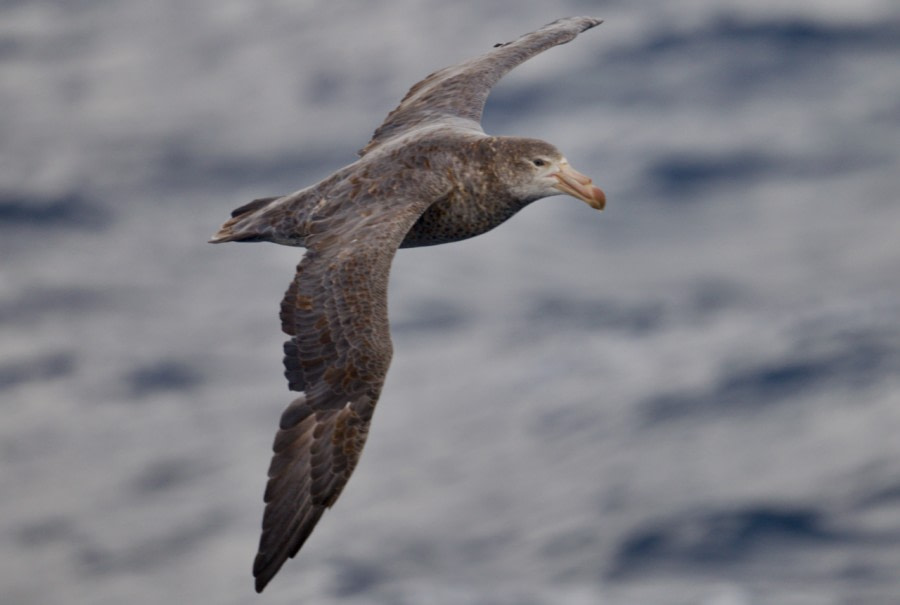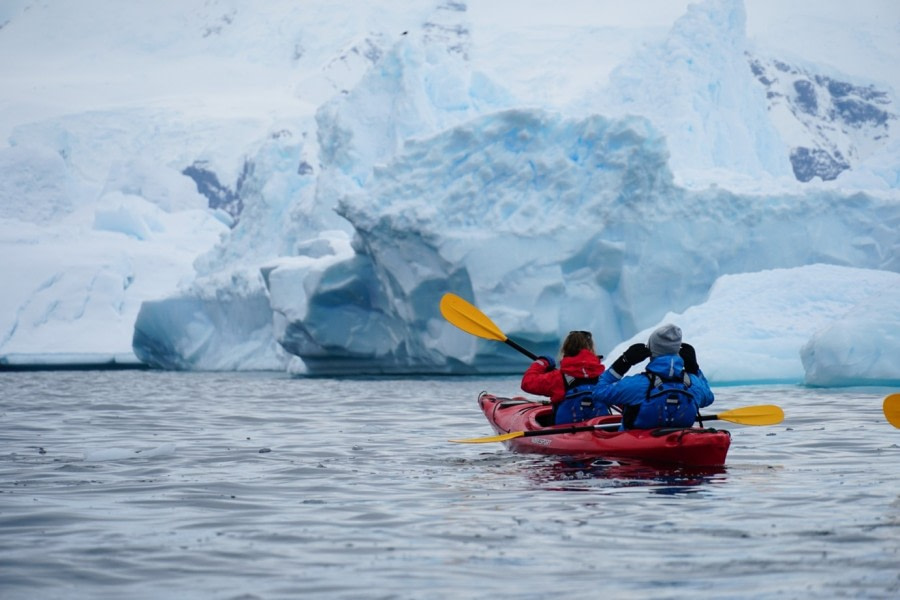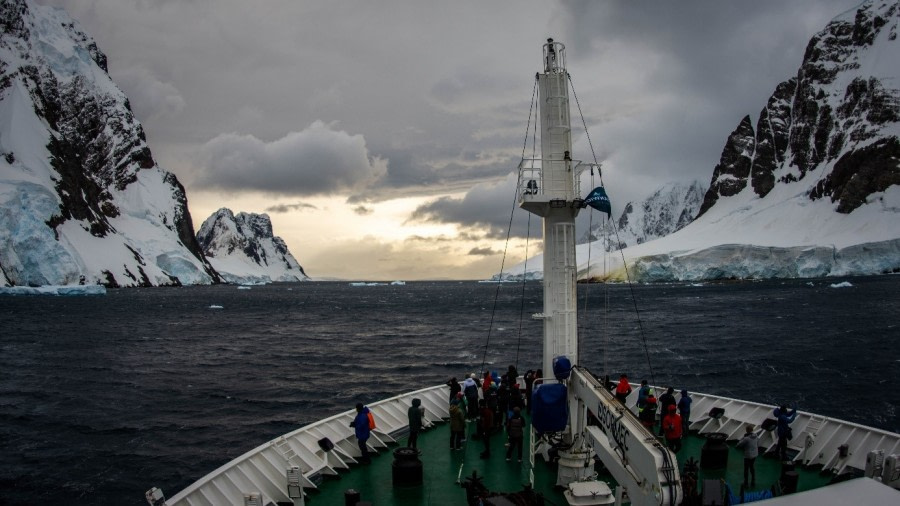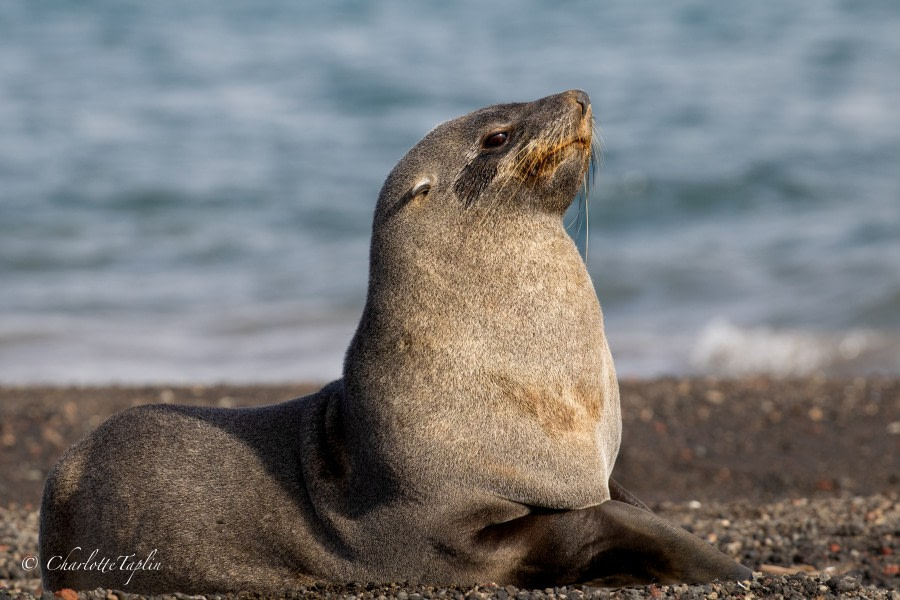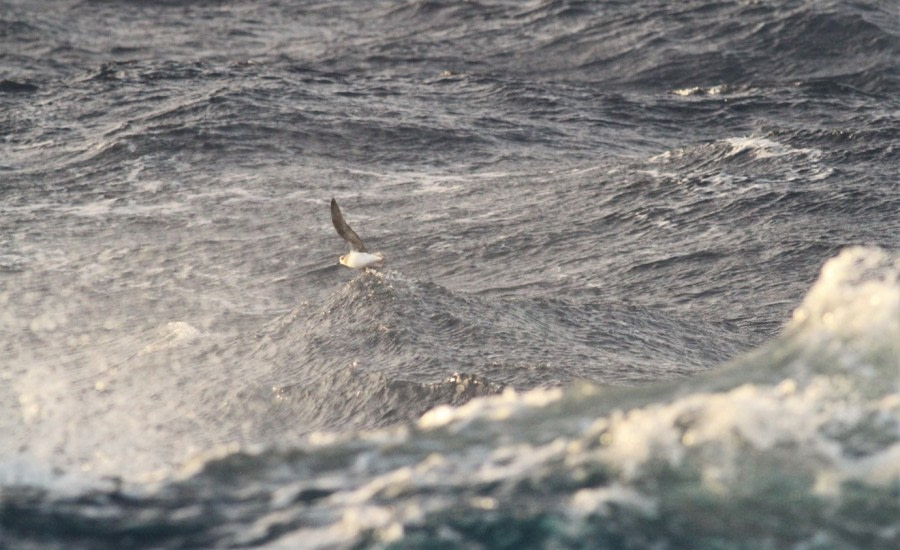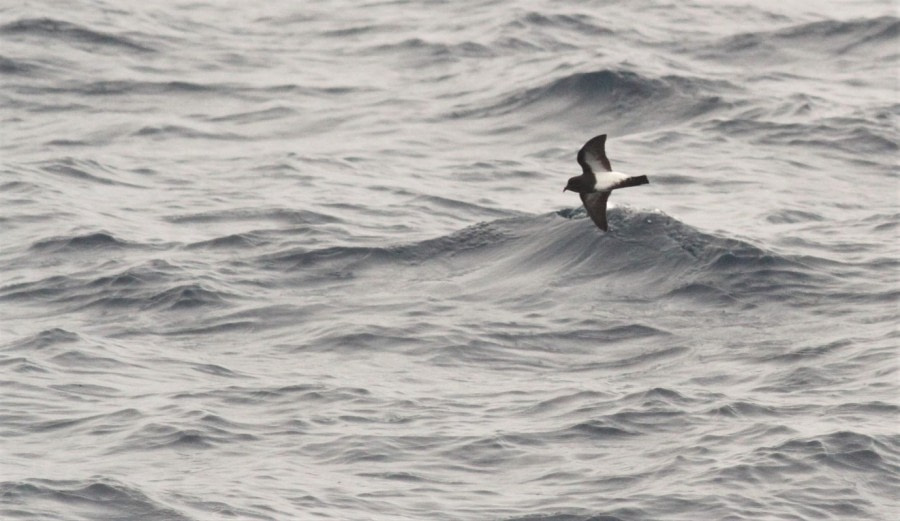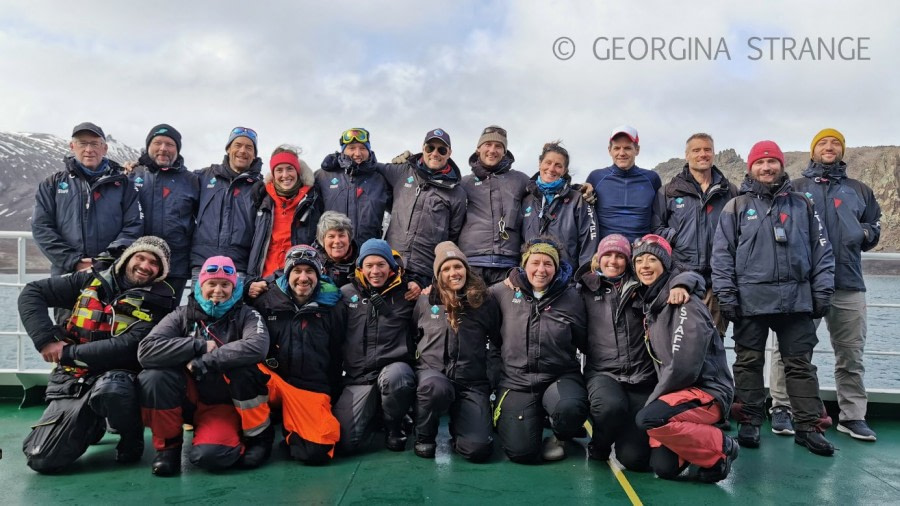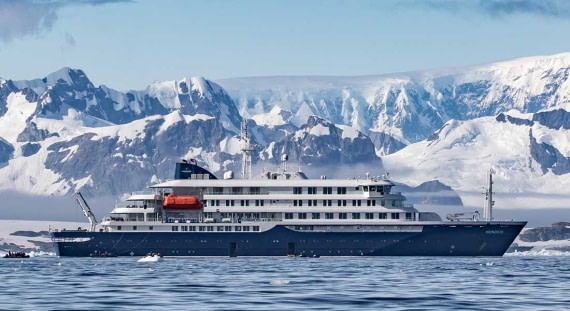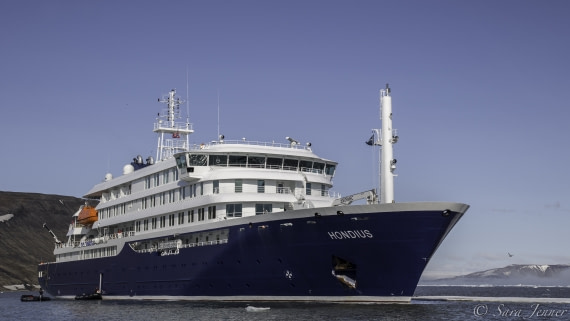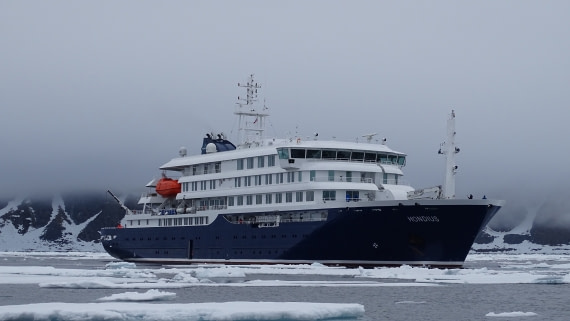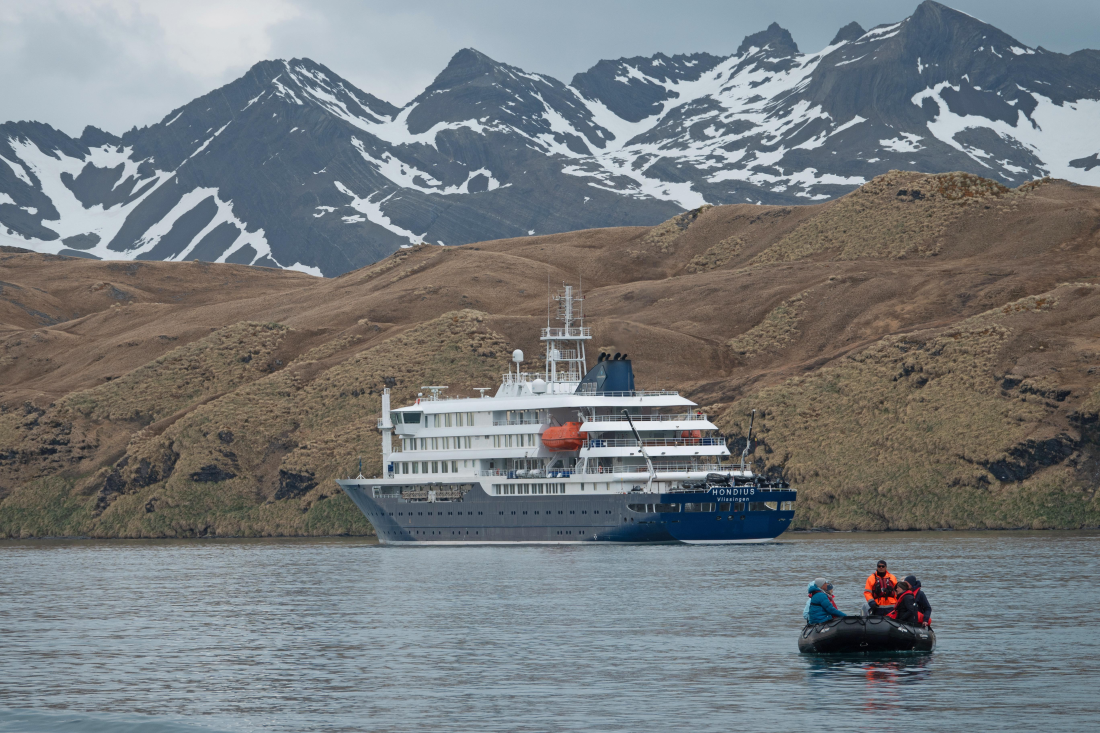| Datum: |
10.03.2023 |
| Position: |
64°58.8’S 063°24.9’W |
| Wind: |
NE6/7 |
| Wetter: |
Partly cloudy |
| Lufttemperatur: |
0 |
The cold Antarctic morning is greeting us with low clouds looming over Petermann Island. We are heading to the restaurant on deck 5 to have our breakfast. Pippa, the Expedition leader, has already made her wake-up call to us, but this is the morning when not many of us are really in need of it. The night was very stormy and Hondius had to fight 50-60 knots head wind and 4-5 meters high waves. If the weather conditions can be far from the perfect ones for sleeping, so there they were.
As we are having our breakfast, Hondius is approaching closer and closer to Petermann Island. We are waiting for the decision of the Captain and the Expedition leader. It comes up really fast and sadly it is not a positive one. The wind is way too strong for us to even try to land, so we are passing Petermann Island by heading to our next destination – Port Charcot.
Antarctica keeps on showing us its’ naughty character. Port Charcot looks windy but more or less good, but from time to time we are having gusts up to 70 knots and it means that we cannot land at Port Charcot either. Well, no one promised us that everything would be perfect, so we are accepting the reality with dignity and keep on heading North.
The way North lies through one of the most picturesque and impressive geographical objects of the Antarctic peninsula – the legendary Lemaire Channel! We are all getting dressed and proceeding to the bow of our ship to enjoy the beauty of the channel from outer decks. Almost a kilometer tall vertical walls of the mountains, icebergs, glaciers and the stormy weather are making an unforgettable impression on us all. It is hard to stay outside for longer than 10 minutes due to the wind, so from time to time we are hiding in the observatory lounge to get warmer and have a cup of hot chocolate.
The weather does not want to improve, and the wind is getting even stronger, but still there are some places in the area where it is possible to hide and have a wind shade from the mountains. One of such places is Paradise Harbor. Yes, we’ve already been there, but the harbor is big and beautiful, so why not to visit it again and explore some coves we had no opportunity to explore a few days before?
And here we are! Paradise Harbor looks well sheltered. One cape called Stoney Point looks good for landing. The expedition team puts Zodiacs on the water and after a short scouting Pippa, the Expedition leader gives a green light for activities.
Stoney Point does not host any penguins, but it is possible to climb up the hill and have a great overview of Paradise Harbor. We are climbing up and on the top meeting Jakub, one of the expedition guides. He is digging a hole in the snow with a shovel to show us the layers of snow and the way it is getting compacted slowly turning into a glacial ice.
The zodiac cruise is rainy, but we are having a brilliant chance to watch Humpback whales feeding right next to our boats showing their flukes and Weddell and Leopard seals swimming in the water and approaching us to satisfy their curiosity. Completely wet, but happy we are coming back onboard.
Dive Log #3
After plans to dive in Petermann Island and Port Charcot were abandoned due to unsafe weather conditions we were finally lucky at Stoney Point, where we had the chance to check out a new dive site. Two Zodiacs with divers went out. One group dove on the lee side of an unnamed rock – home of a penguin colony. The second group decided to attempt a dive around a free floating little iceberg and was curiously observed by a trio of crabeater seals. Weather and current conditions were challenging out there but all was on the right side of marginal😊
